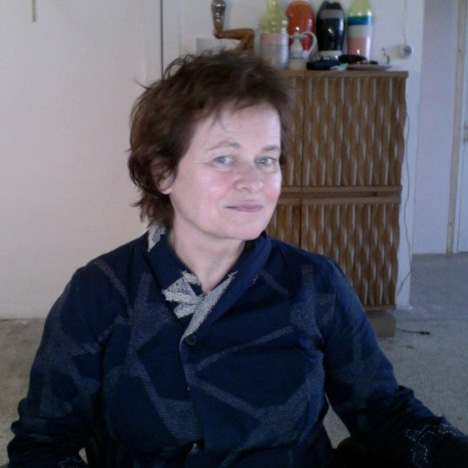
Resignation letter from Design Academy Eindhoven masters heads
Dezeen Wire: Louise Schouwenberg, one of the three Design Academy Eindhoven heads of masters courses who resigned last week, has sent us their official resignation letter to the members of the academy's executive board.
Jan Boelen, Joost Grootens and Louise Schouwenberg resigned following a disagreement with the school over educational reform, in the same week as head of the masters school Gijs Bakker departed after 25 years and 31 masters students at the school celebrated their graduation.
Related: Li Edelkoort to resign as chair of Design Academy Eindhoven (June 2008) |See all our stories about Design Academy Eindhoven
Here's the letter from the course heads:
5 July 2012
Honourable Members of the Executive Board
After months of ongoing talks about the contents and organisation of the Master programs of the Design Academy Eindhoven we have now reached a breaking point. The Executive Board wishes to retain a trajectory of renewal and innovation that we feel will have devastating implications for the quality of our courses.
Heartened by our strong commitment to the contents of our education we have been trying these past years to uphold what we believe to be the quality standards befitting the (Master) program of DAE. Initially, we received the support of the educational system which contributed to the name and fame of this school and helped procure the status of “Excellent” in 2008. The system in question was implemented in the 80ies by a visionary and generous board, who realised that proper design education could only be accomplished if leading designers, architects, artists and theoreticians were persuaded to engage in the academy’s educational activities.
The heads of department were carefully selected based on their outspoken views on their discipline. They were given maximum autonomy and latitude in choosing their own topics and assembling their own staff of lecturers. It worked. To date the academy harbours an array of experienced lecturers, acknowledged experts with a firm footing in their professional practice. In the past decades the academy has thus been able to train numerous students who now count among the cream of the international design world.
As the heads of the three Master programs we have continued the structure Gijs Bakker introduced for the Masters. We have worked together with altering teams of lecturers, all operating at the forefront of their disciplines. The recent, successful accreditation has shown that the Master programs have succeeded in generating the much-needed critical mass that was previously lacking. As the programs have become appealing to more and better international students, this has helped attract a choice of magnificent lecturers. Commitment, passion and dedication have followed naturally from the confidence anchored up to today in the program’s open structure. Additionally, this open structure has secured DAE’s present international benchmark position in the perception of Dutch design.
For years, the current Executive Board has been without an artistic director with vision for the discipline as well as design education (the content of an institute of learning cannot be stationed incidentally with an artistic ‘curator’ for exam exhibitions). The lack of vision appears most of all in the educational reform schemes for the next couple of years. The substantive experts (Deans of Design and Teachers) become subordinate to the educationalists/managers (Deans of Education), while ‘interpreters’ need to bridge content and education (Translators, Mentors, Facilitators, Connector, Deans of Education). This complex system is no longer based on trust and dynamics, but on distrust, hierarchy and control.
The comparative autonomy of the heads of department and their teams of lecturers, which has brought worldwide success to the original model DAE, is to be relinquished.
The role that we, and with us all former heads of department, could play as Deans of Design in this new set-up, has been radically marginalised. The dominant system will be one of educational management, whose main purpose appears to be to stifle creativity and substantive development in a tangle of meetings. The newly created functions and reciprocal apportionment of roles express the desire to control: to divide and rule. This is a set-up we can no longer commit ourselves to.
You have left us no other option than to jointly bid farewell as of the start of the new academic year - to the school, three marvellous research fields, fellow lecturers and, above all, a group of highly dedicated students. A painful, but inevitable decision.
Jan Boelen, head Social Design
Louise Schouwenberg, head Contextual Design
Joost Grootens, head Information Design